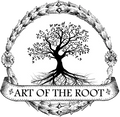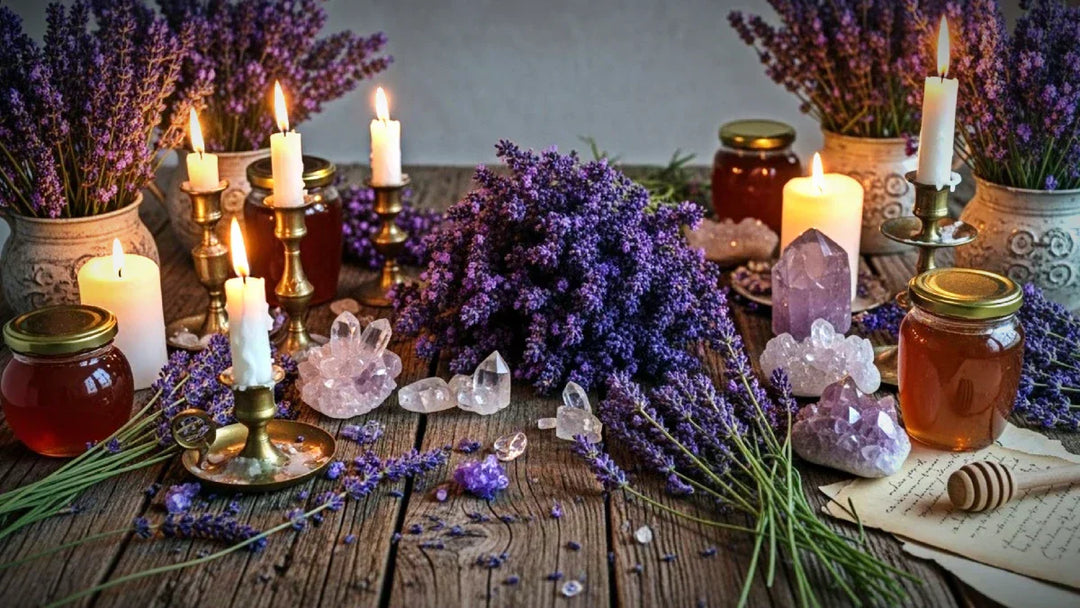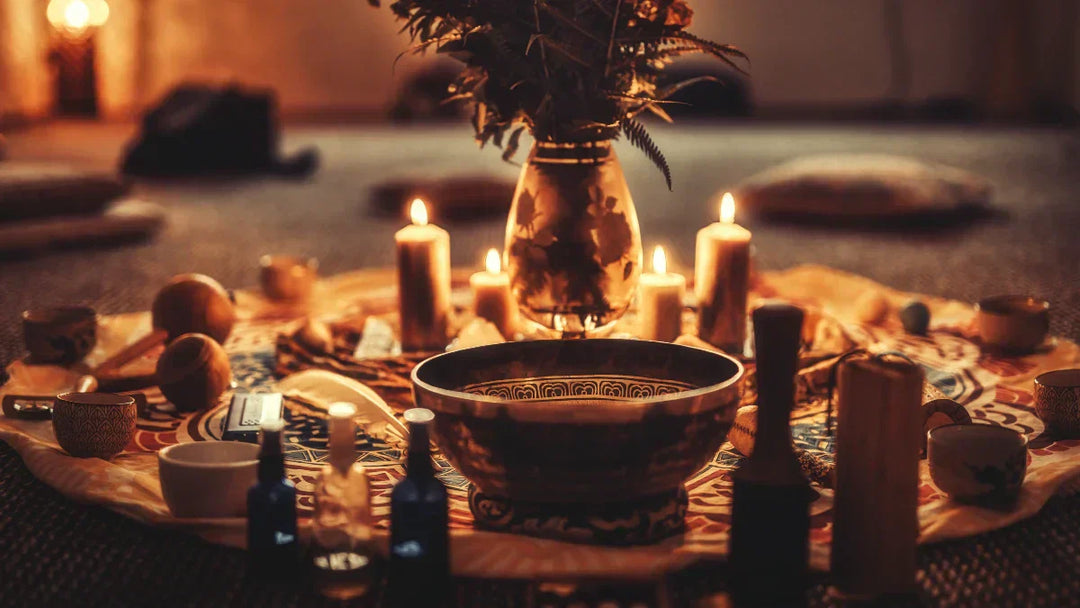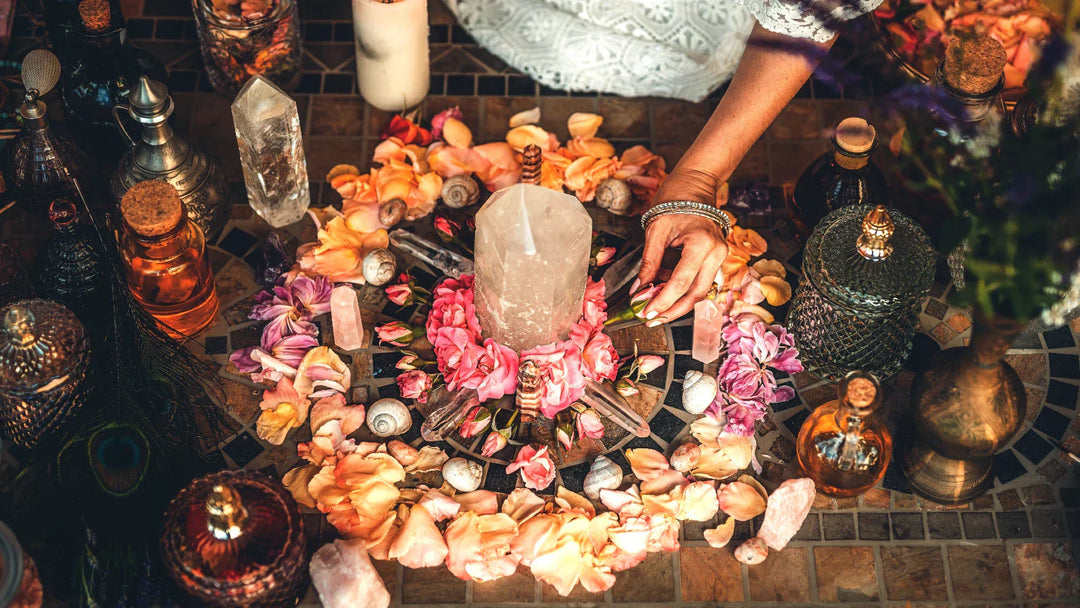Working with a Talisman, Seal, Sacred Object or Spirit Box in Conjure
Symbols in Contemporary Magic
Over time, I have had many questions regarding the use of icons, amulets, talismans, seals, dollies, and saints. After all, these symbols and representation still play a large role in contemporary magic, particularly in hoodoo, conjure, voodoo, and paganism. To truly understand the basic use of symbolic representations, it may be best to take a journey to the past to help you understand the fundamental theory of this type of ritual practice. For the new practitioner it is sometimes helpful to get a broader understanding of a certain function in magical observances. Working with metaphors and symbolism can prove to add a powerful component to any to of ritual, especially magic!
When it comes to prayer and ritual, it is not uncommon to work with icons, statues, seals, amulets, spirit boxes, or even labeled candles associated to a saints and deity. This remains the case in many types of divination and worship. This type of worship devotion has occurred throughout time and was employed by a vast array of cultures. For a deeper understanding of such practices, one may choose to go back in time, to the roots of all ancient magic.
Roots of Icons In Ancient Magics
The Sumerians, for example, carved the names on of the Gods on simple stones. In affect, these were the first early talismans. They also created clay figures, not unlike the early ushabtis of Ancient Egypt, that had magic infused into them through certain spells and rituals. Magical seals were also created by carving images of a particular deity with an inscription. In some cases it was merely a symbol.
Like the Sumerians, the Babylonians also held symbols and icons in high regard. Take for example, the universal image of the dove. Today, we associate it with peace, love and the Holy Spirit. But the symbol of the dove dates much further back then Christianity official Roman stamp of approval in 300 A.D. It is frequently mentioned in the Old Testament and the early cultures of Mesopotamia. In Babylonia, the image of the dove was linked to several deities and would eventually come to symbolize the mother goddess. During the reign of King Hammurabi, stone steals were made that illustrated specific curses on those who chose to rebel against his laws. Remember, eye for an eye? Necromancy was also a widely practiced as the Babylonians believed that the dead were far more available to the living than their deities. They too had magical talisman such as dead bird heads and stones. Stones could be used as talismans and figurines that were believed to hold magical power. Furthermore, the Babylonians created great temples, and in some cases entire cities would be deemed holy. The Babylonians were also the great “star gazers”. Stones could be associated with certain powers as the Babylonians believed that their powers came from the stars.
Use of Iconography In Ritual Magic
However if you truly wish to understand the use of symbolism and iconography, the Egyptians refined this practice. There is no question that their influence on the ancient Hebrews and African significantly contributed to their religious views and rituals. The Egyptians are really the great instructors on how to work with this type of magic ritual spell particularly when it comes to your own practice.
The Egyptians would take their rituals very seriously. Their deities were depicted by stone, wood or clay statues, sometimes large, sometimes, small. Every day they would wash and oil them. They would then offer them food and drink, wine being the most common. It was believed that this provided the gods nourishment. Prayers and incantations would be made. They Ancient Egyptians had a strong belief in the afterlife. They worshiped their ancestors. Like the Gods, spirits of the dead could do good or cause harm. They believed their ancestors could continue to have influence in their lives. As a consequence, burial rites held great importance. Much care was taken in the burial of their loved ones as they believed it ensured their ancestors a safe journey into the afterlife. Mummification was reserved to only those who could afford it. The commoner was buried in the ground with his most important personal items.
When embarking on a ritual that involves the use of a symbolic object, I suggest learning from the Ancient Egyptians. Offerings should be made. The item should be cleansed at least once a week. If your item is a bowl or box that holds a spirit, make sure you feed it some whiskey or blow a little cigar smoke into it once a week. Anoint you object with holy oils. Talk to it. Pray for it's help. The more you do this, the more life and power will bloom from it. This may seem somewhat of a pagan experience to you. If your are Christian of Jewish like myself, try working with a saint or archangel. The Old Testament is a sacred object in its own right as are the psalms. It's a wonderful way to make an invocation and proves to be quite effective.





Leave a comment